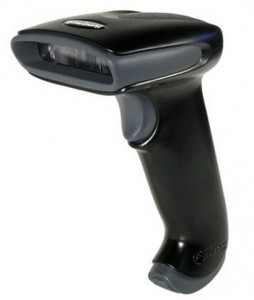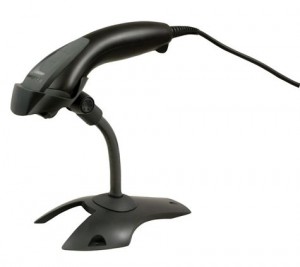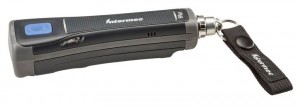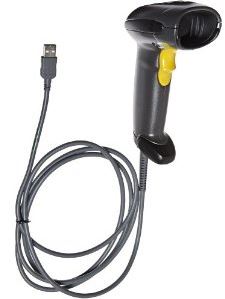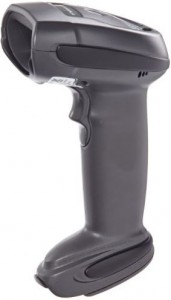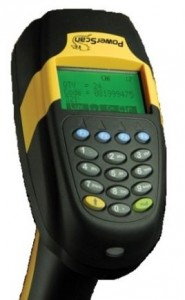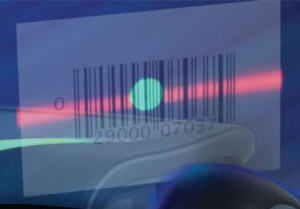In Part 1 of this series, I discussed linear barcode scanners versus 2D barcode scanners, as well as general purpose versus industrial scanners.
Now that we’ve narrowed down your choice to linear or 2D and general purpose or industrial scanners, let’s get into the next broad category division of barcode scanners; handheld versus presentation scanning. Both terms are fairly self explanatory. A handheld scanner is one whose primary intended use is to be aimed by hand and manually activated by the user. A presentation scanner’s primary use is to remain in a fixed position while the user (or automated system) presents the barcode to the scanner’s field of view, where it’s scanned automatically. As you’ll see shortly, there can be crossover in the mix. We’ll look at handheld scanners first.
Trigger Position. Handheld scanners are usually finger-activated or thumb-activated. Finger-activated is far more common and features a gun-style design, complete with pistol grip and index finger trigger. It’s not uncommon for a traditional finger-activated barcode scanner to be referred to as a scan gun. This style is preferred for repetitive use handheld scanning. Thumb activated scanners with a handheld form factor are frequently used without manual trigger activation. The Honeywell Voyager Series is one example of a handheld scanner that tends to be used in presentation mode as often as not and is most frequently sold with a countertop stand. The Intermec SF Series is a flashlight-type cordless design and is designed to be wearable and activated when released from its magnetic connector. Which brings us to…
Tethered or Cordless? Tethered scanners are usually connected to a host computer via USB cable, which provides power to the scanner. A cordless scanner requires at least one radio in the unit and usually a second in the base, but Bluetooth models will usually pair to Bluetooth capable hosts. It also requires a battery and a charging system, so the overall cost is considerably higher, but there are definitely benefits to cordless scanning. L-Tron sells quite a few cordless scanners into vehicle inspection systems to read automotive VIN barcodes. It’s not always easy to move a computer into range of a vehicle and doing the opposite can prove to be impossible! If you have to scan barcodes on any large and/or heavy items, cordless should considered.
What a cordless scanner doesn’t do is replace a mobile computer. This is a misconception that I run into on a regular basis. It’s usually made by someone looking for an inventory control system. Cordless scanners vary in their range from the host computer between 10 and 100 meters, but they don’t give the user any means of interacting with the software application the data is sent to. If you have to scan a barcode and then enter in things like quantity received and location stocked, you’re going to need a mobile application or a loud voice and second pair of hands on the keyboard. There are cordless scanners with displays and keypads built in, like the Datalogic PM8300, that are more than just a scanner but less than a mobile computer, but these will require programming expertise to set up.
Scan read feedback. The user needs confirmation that a barcode has been read. For most applications, audible feedback (BEEP!) is sufficient, but visual and/or tactile feedback is required in some circumstances (mostly high noise industrial environments). There are options available for vibrate feedback, light feedback on the scanner (LED) and light feedback on the barcode (projected light). Make sure you consider this if appropriate.
Stay tuned for Part 3, presentation scanning.
